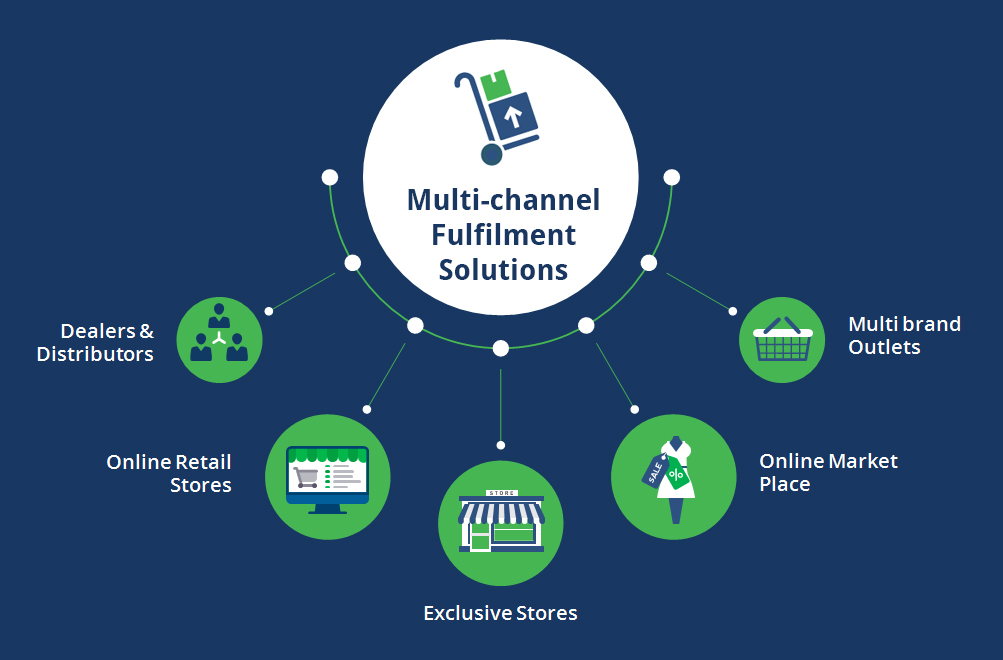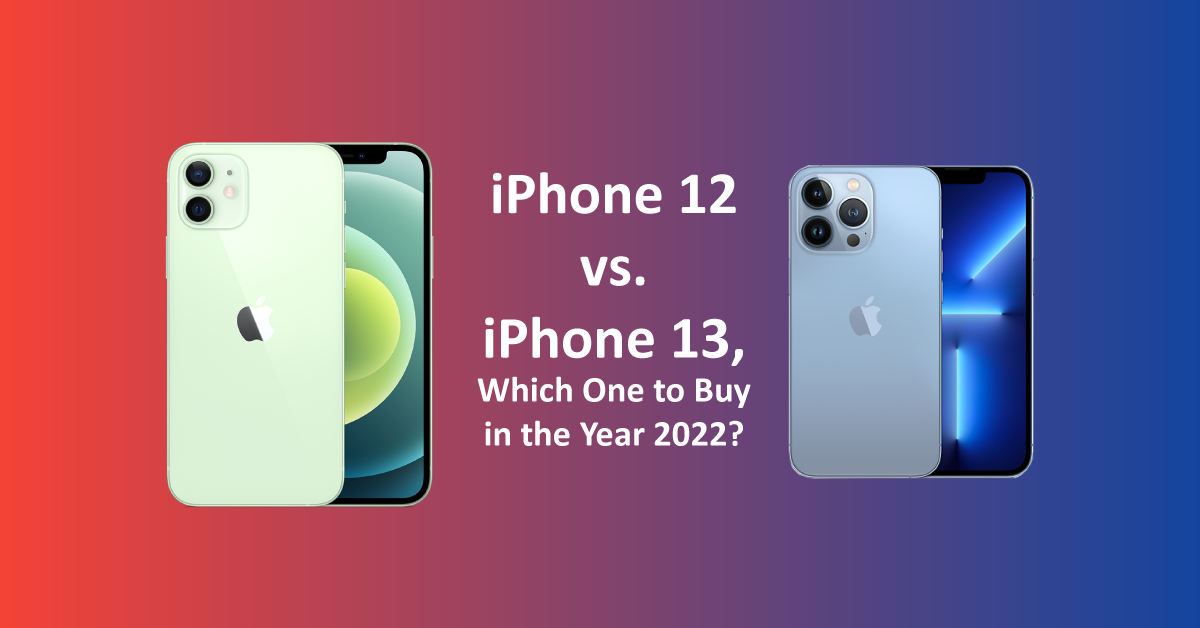How to Implement a Multichannel Retail Strategy for eCommerce Website
March 15, 2023

Channel loyalty is a thing of the past. These days, customers prefer checking different channels before making a purchase. 81% of them conduct online research on different channels, 46% compare prices at Walmart, and 39% visit other brand websites.
Staying active on one platform is no longer an option. You must be active everywhere and interact with customers at multiple touchpoints. That’s where multichannel marketing steps in. In this blog, we’ll learn how to build a successful multichannel strategy that enhances your presence everywhere and boosts sales.
But first, let’s understand:
Multichannel Strategy vs. Omnichannel Strategy: What’s the Difference?
Multichannel and Omnichannel are marketing strategies businesses use to reach customers through multiple channels or touch points. Since both share a lot in common, there’s often confusion between the two.
Here’s the difference between a multichannel and Omnichannel strategy:
Multichannel Strategy
A multichannel approach might involve a company having a physical store, a website, and a social media presence. Still, each channel operates independently and has different goals, processes, and metrics. This can lead to inconsistent customer experiences, as each channel may offer various products, prices, and promotions, and information may not be shared between channels.
Omnichannel Strategy
An Omnichannel strategy seeks to provide a seamless, integrated experience for customers, regardless of their channel. Information is shared across channels so that customers can switch between channels and pick up where they left off, and customers are presented with consistent messaging, products, and pricing. An Omnichannel strategy aims to create a unified brand experience that makes it easy for customers to engage with a company, no matter where they are or what device they’re using.
In short, a multichannel strategy focuses on reaching customers through multiple channels, while an Omnichannel approach provides a seamless and integrated customer experience across all channels.
5 tips for building a powerful multichannel strategy to boost your eCommerce website revenue
1. Choose only those channels that aid your business growth
A multichannel strategy doesn’t mean you have to be present everywhere. There’s no need to be on Twitter, LinkedIn, or Facebook or write blogs if they are not contributing to your business growth. Hence, before choosing an eCommerce, ensure it works for your business model, industry, and target audience.
Facebook has over 2.9 billion users, which are far more than any other social network. However, it may not be as good as LinkedIn or Twitter if you’re a B2B business, as not all its users are professional. Similarly, a B2C business can have better chances of success on Facebook as they get access to a larger target audience.
Similarly, keep your target audience in mind if you want to choose email or mobile marketing. Are they even interested in receiving emails or messages from you?
Here’s how you can select the right channels for a multichannel strategy:
- Know your target audience. Ask who they are, where they live, their education, what they do for a living, and on what channels they’re the most active.
- Note down what channels your competitors are using. Identify the gaps and strategize on how you can fill them.
2. Understand the buyer journey
They hardly buy a product. They search for reviews, compare prices on different websites, and ask friends or family members. It takes more than one channel to convert customers. Social media raises awareness and sparks initial interest, email marketing nurtures the lead, and the website facilitates the purchase.
By understanding the different stages of the buyer’s journey, you can customize your marketing and sales efforts to meet each stage’s specific needs and challenges. As a result, you can make the sales process more streamlined and effective.
By understanding the buyer’s journey, you can understand the potential challenges your customers face and how your product can solve them. You can build trust and establish credibility with potential customers, increasing conversions and higher customer lifetime value.
3. Build a multichannel marketing plan
A multichannel strategy is so vast that you can easily get caught up in individual channel tactics and lose sight of the bigger picture. Hence, you must build a multichannel marketing plan to ensure that all your marketing efforts are aligned toward a common goal.
Here’s what an effective marketing plan contains:
- Your target audience: A clear definition of the target audience you are trying to reach, including demographics, behaviors, and motivations.
- Objectives: Specific, measurable, and time-bound goals for your multichannel marketing plan, such as increasing website traffic or boosting sales.
- Channel strategy: A clear plan for your use of each channel, including social media, email, direct mail, paid to advertise, and more.
- Message and branding: A consistent message and brand identity will be communicated across all channels to ensure a consistent customer experience.
- Content strategy: A plan for creating and distributing relevant, engaging, and valuable content to your target audience.
- Measurement and evaluation: A system for tracking and measuring the success of your multichannel marketing plan, including key performance indicators (KPIs) and tools for analysis.
- Budget and resources: A clear allocation of budget and resources, including a plan for how you will allocate your time and budget across channels.
- Timeline: A timeline for implementing your multichannel marketing plan, including key milestones and deadlines.
4. Customize marketing messages to suit each channel
Every channel is unique in terms of target audience, word limit, and messaging. What works on email may not work on Facebook. Similarly, what works on Facebook may fail on LinkedIn. If you go around copy-pasting the same messages on each channel, your marketing strategy will fall like a house of cards.
The best thing is to consider your target audience’s expectations when crafting messages for each channel. For example, if you sell books, you can use YouTube for book reviews, email marketing for product updates, or social media like Facebook for product promotions. It would give you everything you need to nurture and convert customers.
5. Use dynamic remarketing across all channels
Dynamic remarketing is when you display to customers the ads of products they have already viewed on your website. It is an effective marketing tactic that can help you reach customers who have already shown interest in your products or services.
Additionally, remarketing can:
- Increase visibility by helping you reach a wider audience.
- Improve your chances of making sales and boosting customer loyalty.
- Help you create personalized marketing campaigns to target customers.
- Reduce the cost of customer acquisition.
- Create a consistent brand message across all channels.
Here’s how you can nail remarketing across all the channels:
- Segmentation: Segment your audience based on their behavior, such as the products they viewed, their location or the stage of the sales funnel they are in. It would allow you to create highly targeted campaigns that are more likely to convert.
- Relevant Content: Ensure that your remarketing ads are relevant to your target audience. You can achieve it by using personalized messaging and images and offering special promotions and discounts.
- Timing is Key: Timing is the key when it comes to remarketing. Ensure your ads appear at the right time when customers are most likely to engage with them. For example, if a customer abandons a cart, show them a reminder ad within 24 hours.
- Consistent Branding: Ensure that your remarketing ads have consistent branding and messaging. This will help to reinforce your brand identity and build customer trust.
- Test and Optimize: Regularly test and optimize your remarketing campaigns. This will help you to improve their effectiveness and increase conversions over time.
- Privacy Considerations: Make sure to comply with data privacy laws. Also, give customers a choice to opt out of remarketing and ensure that their data is securely stored.
In Conclusion
Consistency and patience are the keys to a successful multichannel strategy. When you frequently test your systems and channels, you can figure out what works for you and what doesn’t. This way, you can play your multichannel strategy efficiently.
Also, make sure you frequently monitor your key performance indicators. They will help you identify the gaps across your channels and bridge them to deliver a consistent and seamless experience across multiple channels.










